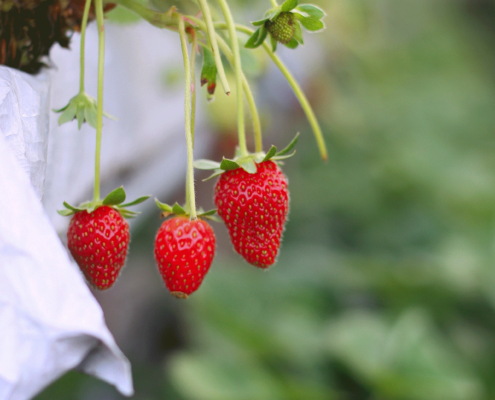Helping the Pollinators That Help Your Landscape
So many of the trees, shrubs, flowers, and vegetables we love and care for thrive because of the pollinators that do their work so well. Without them, the diversity and availability of the beauty and sustenance around us would be in decline. We owe a lot of gratitude to those creatures whose work goes mainly unnoticed.
Pollinator populations are in decline around the globe, primarily because of habitat loss and pesticide use. Like all living creatures, they need food, water, and shelter to survive.
You may think that what little we can do in our own backyards may be inconsequential. But even small gestures such as creating a pollinator house where these creatures can overwinter will help them survive to pollinate our gardens and multiply so we can ensure a brighter future for all who benefit from their hard work.
Bees are the most well-known pollinators. There are over 4,000 species of bees native to the United States. From fuzzy bumble bees and metallic green sweat bees to honey bees, they pollinate millions of plants when collecting pollen and nectar as food for themselves and their young. Many live solitary lives and it is these bees that benefit the most from a pollinator hotel.
Building a DIY Pollinator House
Building a DIY pollinator house is something you can do right in your backyard with everyday tools. It can even be a fun family activity.
Four Rules
- Your house must have a sloped roof to deflect the rain.
- You cannot use treated wood.
- The house should be placed in full sun with the open side facing south to get the most warmth from the sun. It must be firmly placed so it does not sway with the wind.
- Fill your hotel completely. If you leave empty areas, paper wasps will move in and build their own home.
Six Steps
- Build or recycle an open-faced box.
- Add a sloped roof using additional wood. Add a few roofing shingles for extra protection from the elements.
- Use wood to break up the singular space of the box into a few fillable sections. Collect logs or blocks of wood at least 7 inches long. Drill holes that are 1/2 inch in diameter and 6 inches deep. Make sure the circular openings are smooth and free of splinters, or the insects can get injured when entering.
- Place your drilled logs or blocks into the box.
- To fill the areas between your blocks or logs, buy tubes at your local garden center or roll cardboard into tubes. You can even use stalks from daylilies, which are hollow. Place the tubes into the open spaces.
- Save some room for beetles and butterflies. Beetles love pine cones and straw. If you save a section that you can fill with pine cones or straw, you’ll be attracting beetles as well as the occasional butterfly to your hotel. You might even find ladybugs taking advantage of that area.
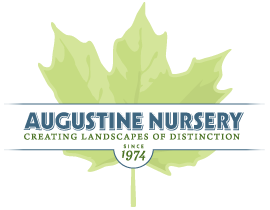

 Light a Fire: Outdoor fireplaces and fire pits are perfect in winter temperatures. It’s surprising how much heat they generate. A family gathering round the fire with blankets and mugs of hot cocoa provides a great setting for holiday cheer and memory-making.
Light a Fire: Outdoor fireplaces and fire pits are perfect in winter temperatures. It’s surprising how much heat they generate. A family gathering round the fire with blankets and mugs of hot cocoa provides a great setting for holiday cheer and memory-making. Feed the Birds: Winter birds will grace your yard all winter long if you hang a birdfeeder. It adds instant beauty to any window view, especially in winter. Bright red cardinals, blue jays, chickadees, nuthatches, and woodpeckers are among the beautiful feathery friends you can count on if you feed on a regular basis. Black-oil sunflower seeds, nyjer seeds and suet cakes are favorite foods of winter birds. Download the app – Merlin Bird ID. It does an amazing job at identifying birds and also provides images, sounds, and a bit about the bird itself.
Feed the Birds: Winter birds will grace your yard all winter long if you hang a birdfeeder. It adds instant beauty to any window view, especially in winter. Bright red cardinals, blue jays, chickadees, nuthatches, and woodpeckers are among the beautiful feathery friends you can count on if you feed on a regular basis. Black-oil sunflower seeds, nyjer seeds and suet cakes are favorite foods of winter birds. Download the app – Merlin Bird ID. It does an amazing job at identifying birds and also provides images, sounds, and a bit about the bird itself.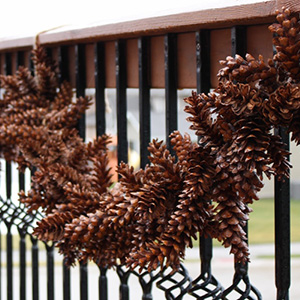 Decorate with Pinecones: Gather pine cones from your yard and bring some of your yard indoors with you. It’s easy to make scented pinecones. Here’s how: Soak them in water for an hour. Pop them in a 200 degree oven for 30 minutes. Once cooled, place them in a zip lock bag and sprinkle about 30 drops of your favorite essential oil inside the bag. Seal the bag and give it a good shake. Then let the bag sit for about a week so the pinecones can soak up the oils.
Decorate with Pinecones: Gather pine cones from your yard and bring some of your yard indoors with you. It’s easy to make scented pinecones. Here’s how: Soak them in water for an hour. Pop them in a 200 degree oven for 30 minutes. Once cooled, place them in a zip lock bag and sprinkle about 30 drops of your favorite essential oil inside the bag. Seal the bag and give it a good shake. Then let the bag sit for about a week so the pinecones can soak up the oils.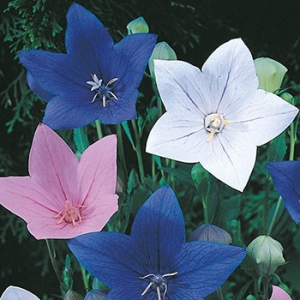




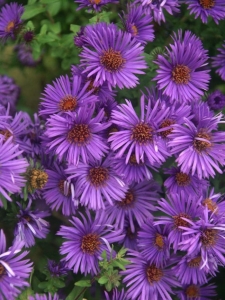



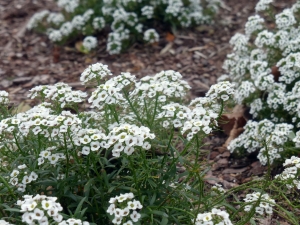
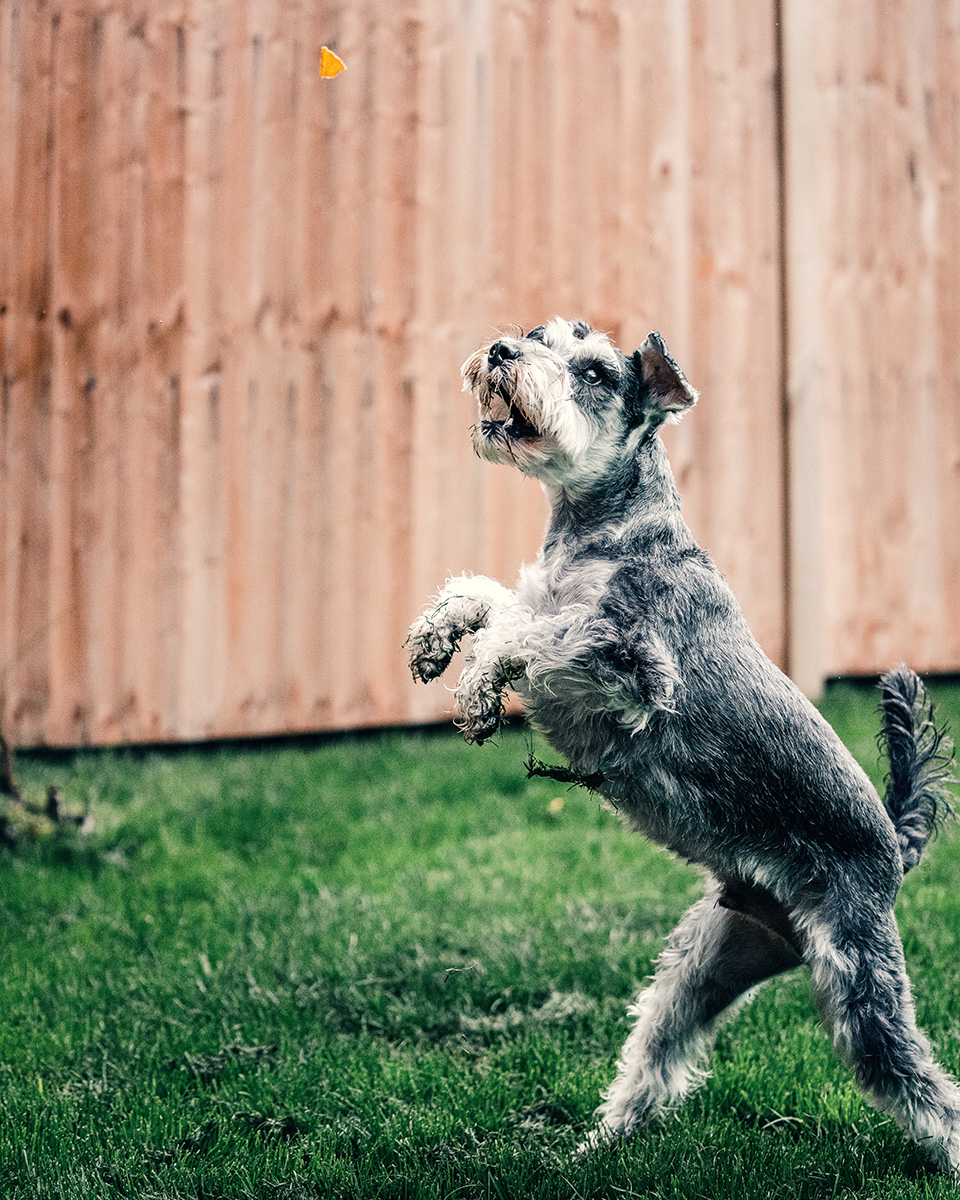
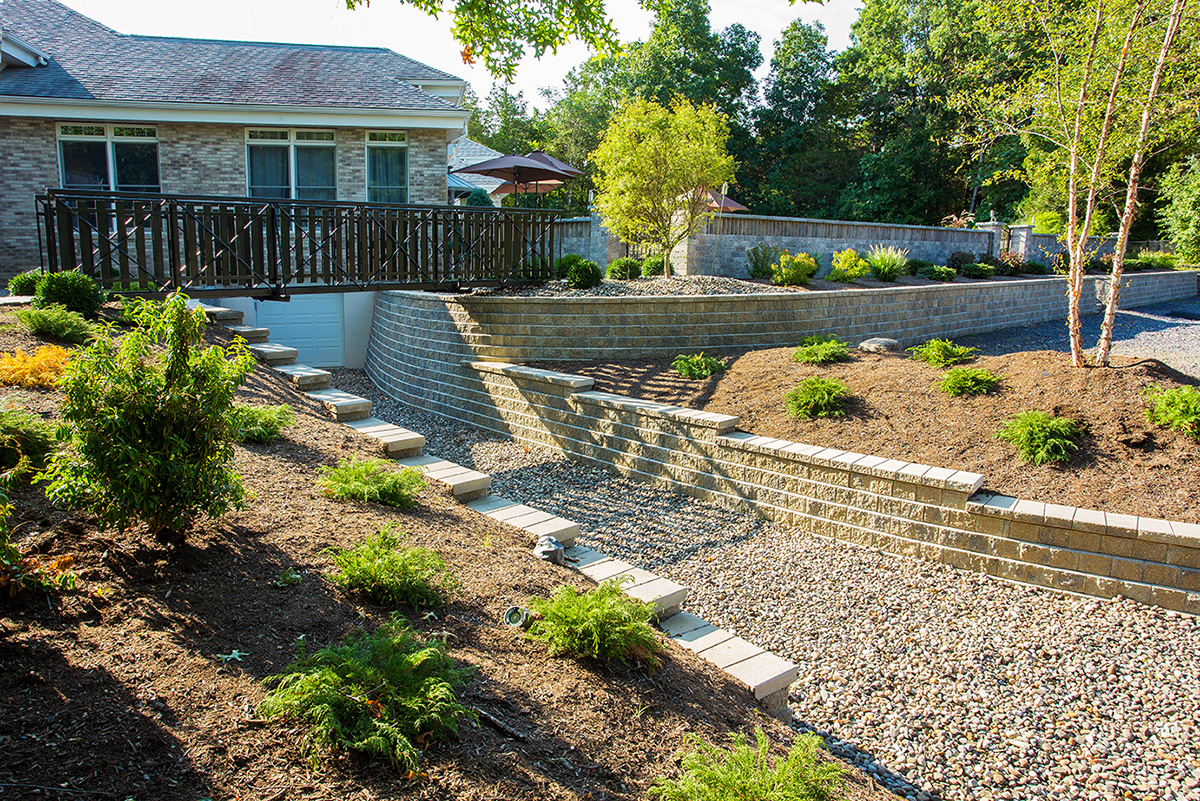 Tiered Walls and Garden Beds with mulch
Tiered Walls and Garden Beds with mulch
